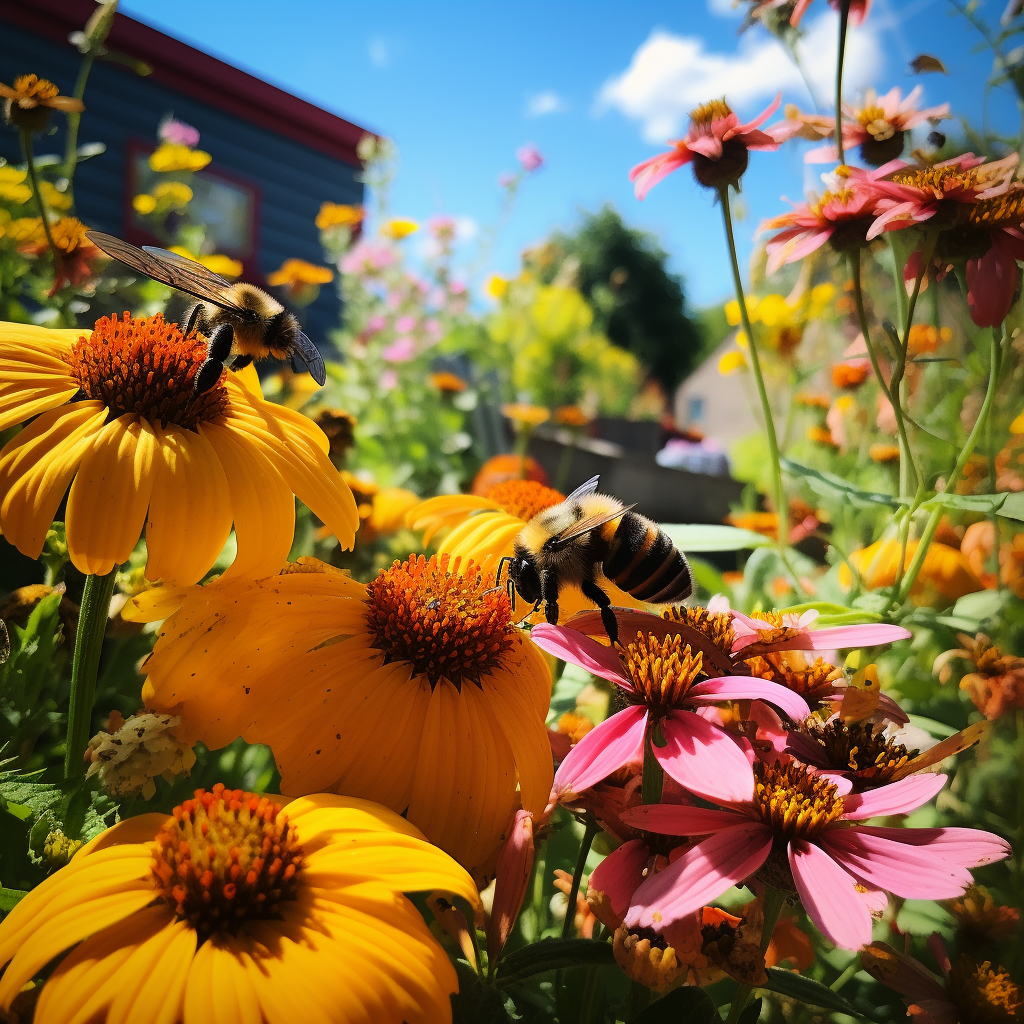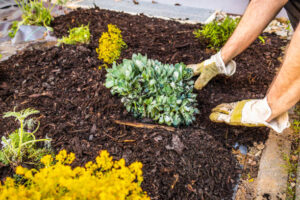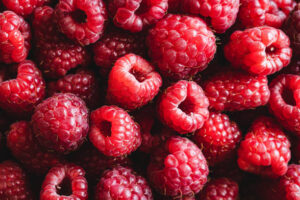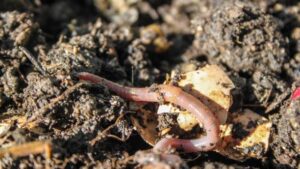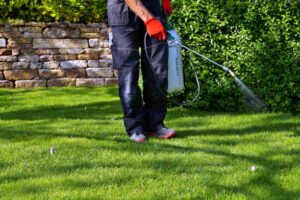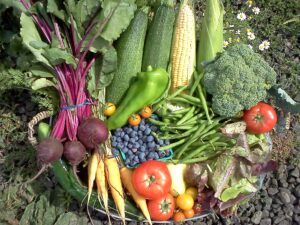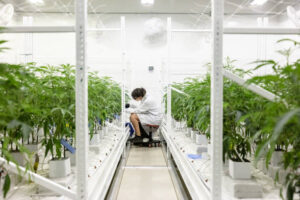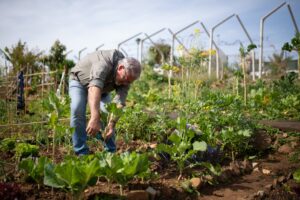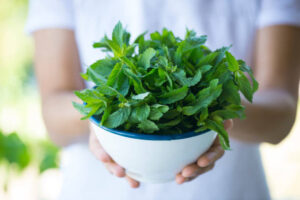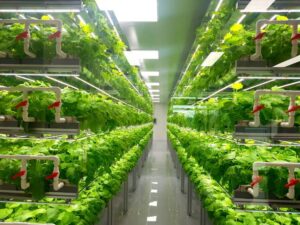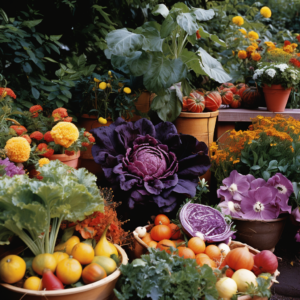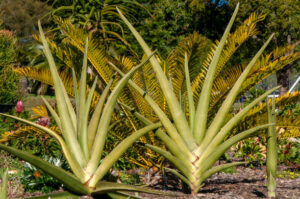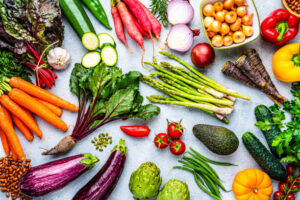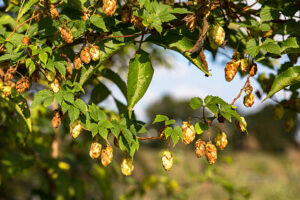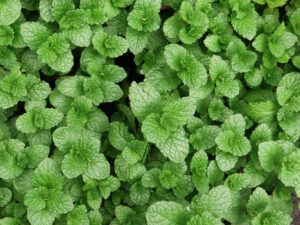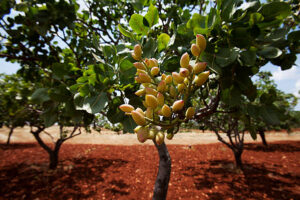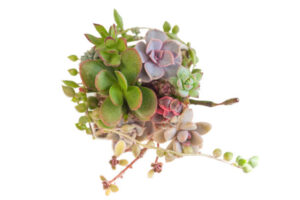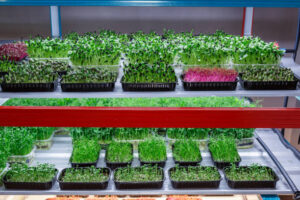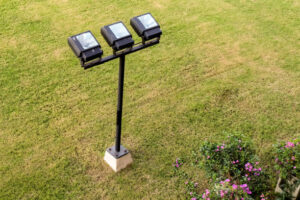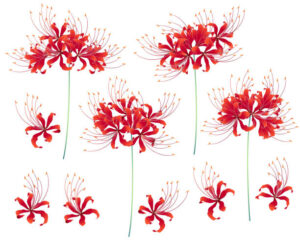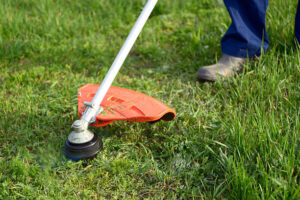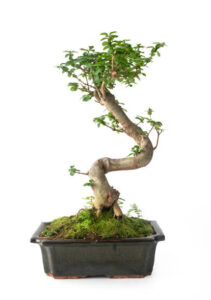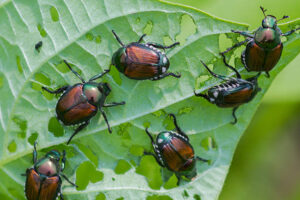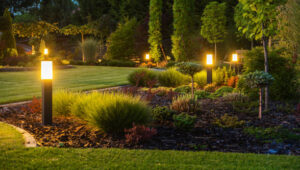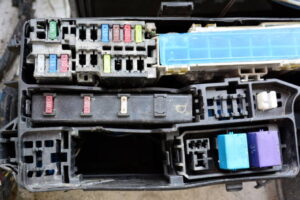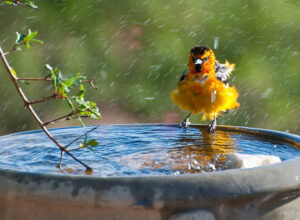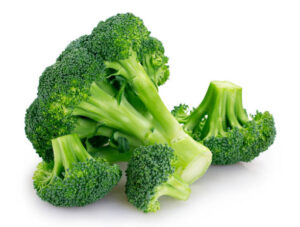Attracting Pollinators: Tips for Creating a Bee and Butterfly-Friendly Garden
Introduction:
Welcome to the world of pollinators! Creating a bee and butterfly-friendly garden not only adds beauty to your landscape but also plays a crucial role in supporting these essential creatures and promoting biodiversity. In this comprehensive guide, we will explore tips and techniques to attract pollinators to your garden. From selecting the right plants to providing habitat and water sources, we’ll delve into the world of creating a haven for bees, butterflies, and other pollinators. Get ready to transform your garden into a buzzing and fluttering paradise!
1. Understanding the Importance of Pollinators:
Learn about the vital role that bees, butterflies, and other pollinators play in our ecosystems and food production. Discover the symbiotic relationship between plants and pollinators and how their presence benefits your garden and the environment.
2. Selecting Pollinator-Friendly Plants:
Explore a diverse range of flowering plants that attract bees and butterflies. Discover the importance of choosing plants with abundant nectar and pollen sources, as well as plants with a variety of bloom times to provide continuous food throughout the seasons. Consider native plants that are well-adapted to your region for maximum attraction.
3. Providing Shelter and Habitat:
Create a welcoming habitat for pollinators by incorporating various features into your garden. Learn how to provide nesting sites for solitary bees, such as bee hotels or bare soil patches. Create sheltered areas with dense vegetation, such as shrubs and native grasses, for butterflies to rest and seek refuge.
4. Ensuring a Water Source:
Learn the importance of providing a water source for pollinators to drink and bathe. Explore different options such as shallow dishes with stones for perching, birdbaths, or small ponds. Maintain a clean and fresh water supply to attract and support pollinators throughout the seasons.
5. Avoiding Pesticides and Chemicals:
Understand the harmful effects of pesticides and chemicals on pollinators. Explore alternative pest control methods, such as integrated pest management, companion planting, and natural predators. Embrace organic gardening practices to create a safe and welcoming environment for pollinators.
6. Creating Continuous Bloom:
Plan your garden to ensure a continuous bloom of nectar-rich flowers throughout the seasons. Learn about plant combinations and succession planting techniques to provide a consistent food source for pollinators. Aim for a diverse array of flower colors, shapes, and sizes to attract a wide range of pollinator species.
7. Maintaining a Pollinator-Friendly Garden:
Discover essential maintenance practices to keep your pollinator-friendly garden thriving. Learn about proper watering, pruning, and deadheading techniques to promote healthy plant growth and prolong flowering periods. Regularly monitor for pests, diseases, and invasive species that may negatively impact pollinators.
8. Educating and Inspiring Others:
Share your knowledge and enthusiasm for pollinator-friendly gardening with others. Spread awareness about the importance of pollinators and their conservation. Encourage your community to create their own bee and butterfly-friendly gardens, contributing to a larger network of pollinator habitats.
Conclusion:
By following the tips and techniques outlined in this guide, you’ll be well on your way to creating a bee and butterfly-friendly garden. Embrace the beauty, fascination, and environmental benefits that pollinators bring to your landscape. Witness the joy of seeing bees buzzing and butterflies dancing among your flowers. Let’s work together to support these invaluable creatures and foster a healthier planet for future generations. Happy gardening and may your garden be a haven for pollinators!

